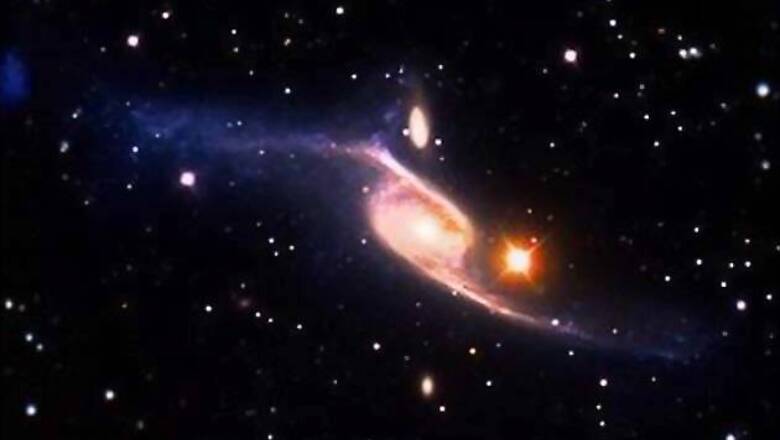
views
Washington: For the first time, scientists, including an Indian-origin physicist, have observed concrete hints of a particle behind the elusive dark matter that is believed to hold the cosmos together but has never been directly observed.
The international Super Cryogenic Dark Matter Search (SuperCDMS) experiment involving Texas A&M high-energy physicist Rupak Mahapatra reported a WIMP-like signal at the 3-sigma level, indicating a 99.8 per cent chance - or, in high-energy parlance, a hint of the mysterious dark matter.
"In high-energy physics, a discovery is only claimed at 5-sigma or better," Mahapatra said. "So this is certainly very exciting, but not fully convincing by the standards. We just need more data to be sure. For now, we have to live with this tantalising hint of one of the biggest puzzles of our time," he said.
Notoriously elusive, weakly interacting massive particles (WIMPs) rarely interact with normal matter and therefore are difficult to detect.
Scientists believe they occasionally bounce off, or scatter like billiard balls from, atomic nuclei, leaving behind a small amount of energy capable of being tracked by detectors deep underground the particle colliders such as the Large Hadron Collider at CERN and even instruments in space like the Alpha Magnetic Spectrometer (AMS) mounted on the International Space Station (ISS).
Mahapatra said the latest analysis represents comprehensive data gleaned from the largest exposure with silicon detectors during the CDMS-II operation, an earlier phase of the overall experiment involving more than 50 scientists from 18 international institutions.
"This result is from data taken a few years ago using silicon detectors manufactured at Stanford that are now defunct," Mahapatra said. "We are only 99.8 per cent sure, and we want to be 99.9999 per cent sure. At 3-sigma, you have a hint of something. At 4-sigma, you have evidence. At 5-sigma, you have a discovery," Mahapatra said.

















Comments
0 comment